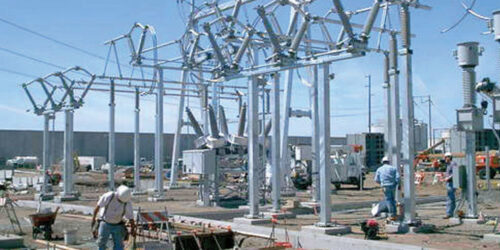For the second straight month, national grid generated highest-ever electricity. August 2020 net generation at 16 billion units is 10 percent clear of August 2020. And there is no low base effect at play, as August 2020 had recorded the highest for any August. The 12-month moving average monthly generation is also up by 8 percent.
There are clear signs of the economy waking up from the slumbers, but this is by no means an unprecedented rate of growth. There have been long stretches of double-digit growth in demand in the not-so-distant past. Some of the impact also comes from reduced gas supply to captive power units, which are now national grid consumers. Good thing that the industrial demand is making up most of the incremental generation. Industries are the best payers, and it is good for the financial health of the electricity chain.
Now comes the not-so-good part, and that is the electricity generation fuel cost. At Rs6.8 per unit, it is the highest in 20 months, and the highest ever for summer peak demand months. Mind you, hydel generation peaks in August, and August 2021 saw the second highest ever hydel generation. That is where average fuel cost per unit drops considerably.
But last month saw highest FO-based generation in 30 months. And the cost at Rs18.2 per unit was the highest for any month ever. Almost Rs30 billion worth of furnace oil was burnt to generate 1.6 billion units. That constitutes 28 percent of the total fuel bill for 10 percent share in generation. Of course, the authorities have no control over furnace oil prices. But they can have some over the generation mix. They did not. And not for the first time. Only that it looks worse because fuel prices are high and it has come in peak demand season.
The LNG and coal-based power generation has remained well below the historic highs, which should raise questions. Even at August 2021 rates of $10/mmbtu for LNG, it was cheaper to generate power from LNG than furnace oil, in most cases. Coal was even cheaper for most plants. Yet, FO based power kept coming. Plants costing as much as Rs23 per unit to generate power on FO were run for yet another month. They sit too low on the economic merit order of dispatch.
From what it appears, September 2021 would not be much different. LNG would be even costlier, although the authorities are yet to announce weighted average price for September. The PLL has not informed of any spot cargoes arriving in September, and if that is indeed the case – there would be more FO burnt in September. The cost of inefficiency has increased but is not paid heed to, as it is all billed in the consumer tariffs. Nepra has long been reprimanding CPPA and NPCC, but non-compliance has not resulted in anything other than stern warnings.






